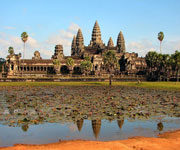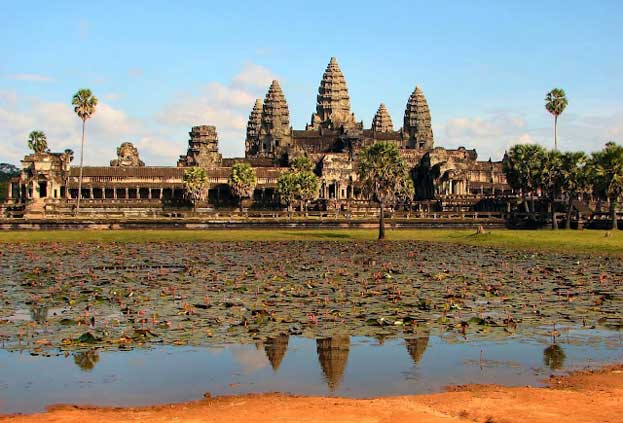Angkor Cambodia
Angkor is one of the most important archaeological sites in South-East Asia. Stretching over some 400 km2, including forested area, Angkor Archaeological Park contains the magnificent remains of the different capitals of the Khmer Empire, from the 9th to the 15th century. They include the famous Temple of Angkor Wat and, at Angkor Thom, the Bayon Temple with its countless sculptural decorations. UNESCO has set up a wide-ranging programme to safeguard this symbolic site and its surroundings. Angkor is one of the most important archaeological sites in South-East Asia. It contains the magnificent remains of the different capitals of the Khmer Empire, from the 9th to the 15th centuries. The influence of Khmer art, as developed at Angkor, was a profound one over much of South-East Asia and played a fundamental role in its distinctive evolution.

Continent: Asia
Country: Cambodia
Category: Cultural
Criterion: (I)(II)(III)(IV)
Date of Inscription: 1992
The Khmer Empire
At the beginning of the 9th century the two states that covered the territory of modern Cambodia were united by Jayavarman II, who laid the foundations of the Khmer Empire, the major power in south-east Asia for some five centuries. One of the sites was in central Cambodia, to the north of Tonle Sap (Great Lake), where half a century later Jayavarman's son, Yashovarman, was to establish Yashodapura (later called Angkor), the permanent capital of the Khmer Empire until the 15th century.
 |
| Angkor |


